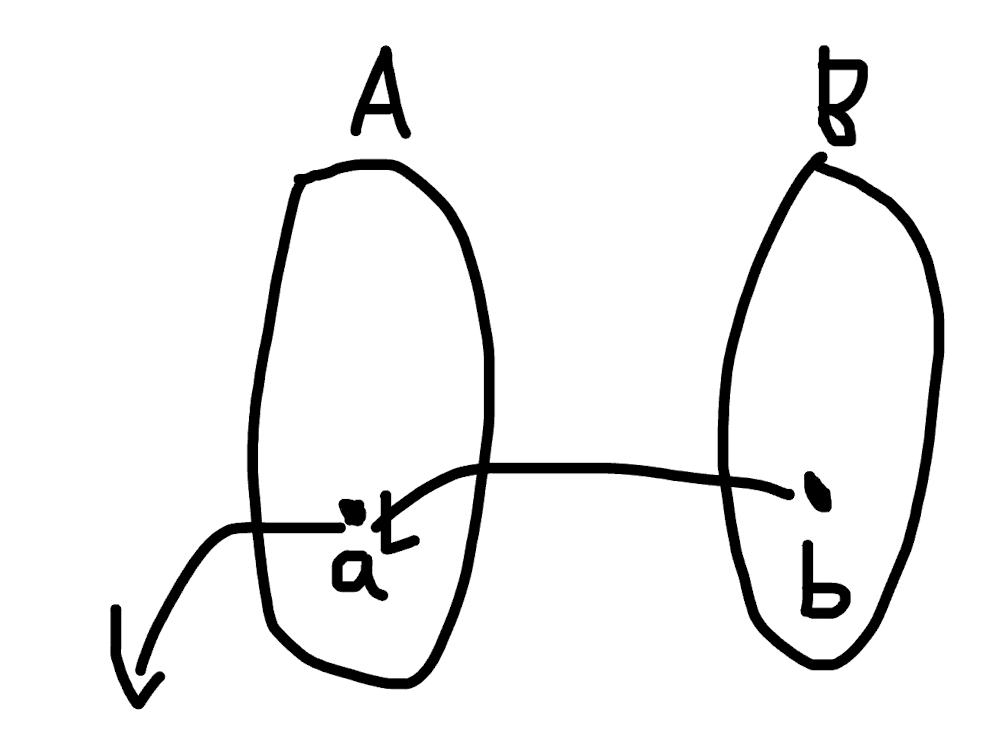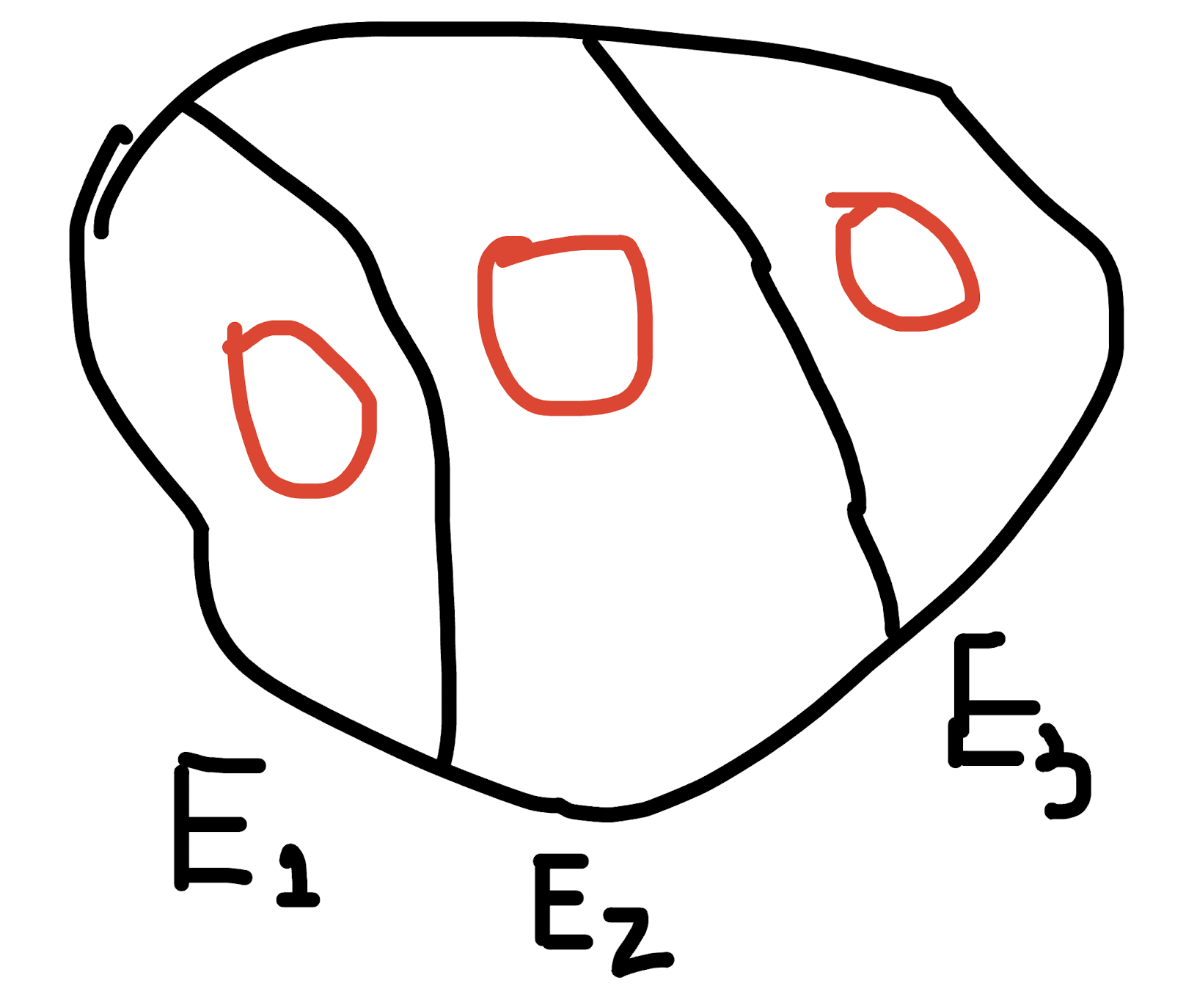Arkin, E. M., C. H. Papadimitriou, and M. Yannakakis. 1991.
“Modularity of Cycles and Paths in Graphs.” J. ACM 38 (2): 255–74.
https://doi.org/10.1145/103516.103517.
Axiotis, Kyriakos, Arturs Backurs, Karl Bringmann, Ce Jin, Vasileios Nakos, Christos Tzamos, and Hongxun Wu. 2021.
“Fast and Simple Modular Subset Sum.” In
Symposium on Simplicity in Algorithms (SOSA), 57–67.
https://doi.org/10.1137/1.9781611976496.6.
Axiotis, Kyriakos, Arturs Backurs, Ce Jin, Christos Tzamos, and Hongxun Wu. 2019. “Fast Modular Subset Sum Using Linear Sketching.” In Proceedings of the Thirtieth Annual ACM-SIAM Symposium on Discrete Algorithms, 58–69. SODA ’19. USA: Society for Industrial; Applied Mathematics.
Cardinal, Jean, and John Iacono. 2021.
“Modular Subset Sum, Dynamic Strings, and Zero-Sum Sets.” In
Symposium on Simplicity in Algorithms (SOSA), 45–56.
https://doi.org/10.1137/1.9781611976496.5.
DeVos, Matt, Luis Goddyn, and Bojan Mohar. 2009. “A Generalization of Kneser’s Addition Theorem.” Advances in Mathematics 220 (5): 1531–48.
Maalouly, Nicolas El, Raphael Steiner, and Lasse Wulf. 2022.
“Exact Matching: Correct Parity and FPT Parameterized by Independence Number.” https://arxiv.org/abs/2207.09797.
Papadimitriou, Christos H., and Mihalis Yannakakis. 1982.
“The Complexity of Restricted Spanning Tree Problems.” J. ACM 29 (2): 285–309.
https://doi.org/10.1145/322307.322309.
Robertson, Neil, P. D. Seymour, and Robin Thomas. 1999.
“Permanents, Pfaffian Orientations, and Even Directed Circuits.” Annals of Mathematics. Second Series 150 (3): 929–75.
http://eudml.org/doc/120561.
Schrijver, Alexander, and Paul D. Seymour. 1990.
“Spanning Trees of Different Weights.” In
Polyhedral Combinatorics, Proceedings of a DIMACS Workshop, Morristown, New Jersey, USA, June 12-16, 1989, edited by William J. Cook and Paul D. Seymour, 1:281.
DIMACS Series in Discrete Mathematics and Theoretical Computer Science.
DIMACS/AMS.
https://doi.org/10.1090/dimacs/001/21.




